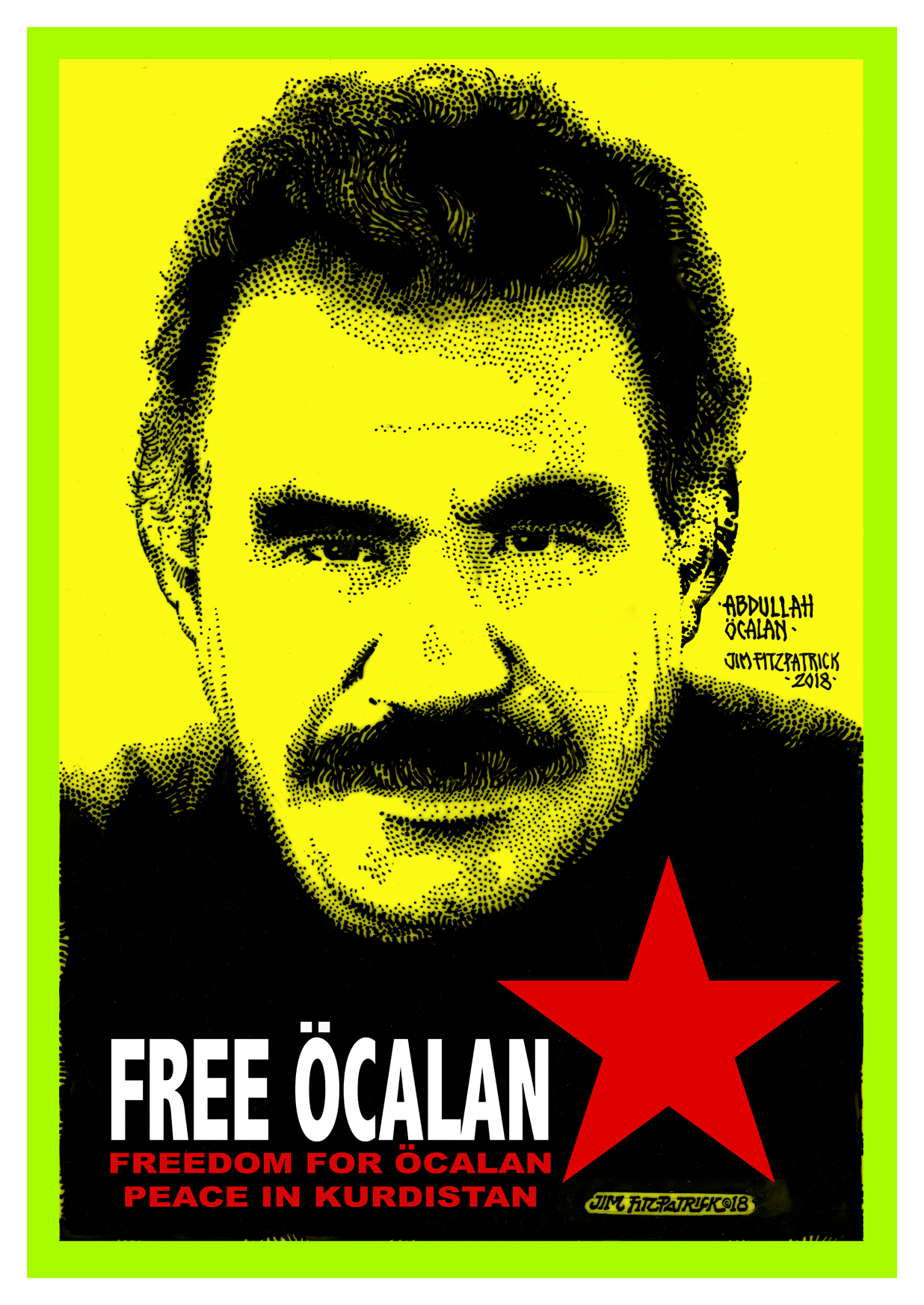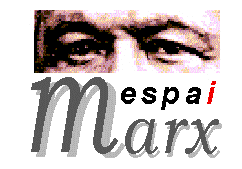«Bakhtin, Alterity, and Ideology»: Luis Radford
 Commentary on the Chapter by Richard
Commentary on the Chapter by Richard
Barwell, “Heteroglossia in Multilingual
Mathematics Classrooms”
Mathematics classrooms are sites of encounter for different voices, perspectives, and ideas. Those differences become even more visible when the object of difference is language. In his chapter, Barwell draws on Bakhtin’s concept of heteroglossia to explore the tensions that underpin multilingual classrooms. He enquires about how those tensions influence the teaching and learning of mathematics and the implications that they may have for equity in mathematics teaching. In my comments, I would like to dwell upon the question of language in the mathematics classroom and on some issues about equity.
1 Language in the Mathematics Classroom
One way or another, for one reason or another, since the time of Babylonian schools, institutional educations have always faced the question of linguistic diversity. However, the manner in which this diversity has been addressed and understood has not always been the same. Contemporary schools seem to be led to address this diversity along the lines of contemporary concerns about equity and social justice. These concerns, of course, are a token of social and political interests in coming to grips with cultural diversity, brought forward by unprecedented migratory movements of a global scale.
In his chapter, Barwell points out four “tensions” that are present in the mathematics classroom, considering them through the lenses of language differences— for instance, tensions between school and home languages or language policy and mathematics classroom practice. We can see, through the illuminating examples he discusses, how difficult it is for teachers and schools to “deal” with cultural diversity.
How, in particular, to approach the multiple languages that the students bring into the classroom? Following Bakhtin, Barwell sees the classroom as immersed in the dynamics of unitary and diverging “forces.” Unitary (or centripetal) forces tend towards unified forms of language, often associated with conceptual, cultural, and political centralization. Diverging (or centrifugal) forces stress diversity, often associated with the speakers’ cultural, political, and economic background. In the conclusions, he suggests that one of the characteristics of language and communication is the tensions they entail, and goes on to assert “that rather than seeking to eliminate the tensions. . . a more productive approach would be to shift the tension more towards heteroglossia and away from a unitary perspective.”
Although I am in agreement with Barwell’s conclusion, it is my contention that the search for “productive approaches” requires us to better understand the interplay between unitary and diverging “forces” in multilingual classrooms and how to take advantage of these forces in school mathematics practices. In particular, I would like to suggest that it might be advantageous for multilingual research in mathematics education to examine the interplay of unifying and diverging forces against the backdrop of two central Bakhtinan ideas: alterity—i.e., the relationship of I and Other—and language as necessarily ideological.


























